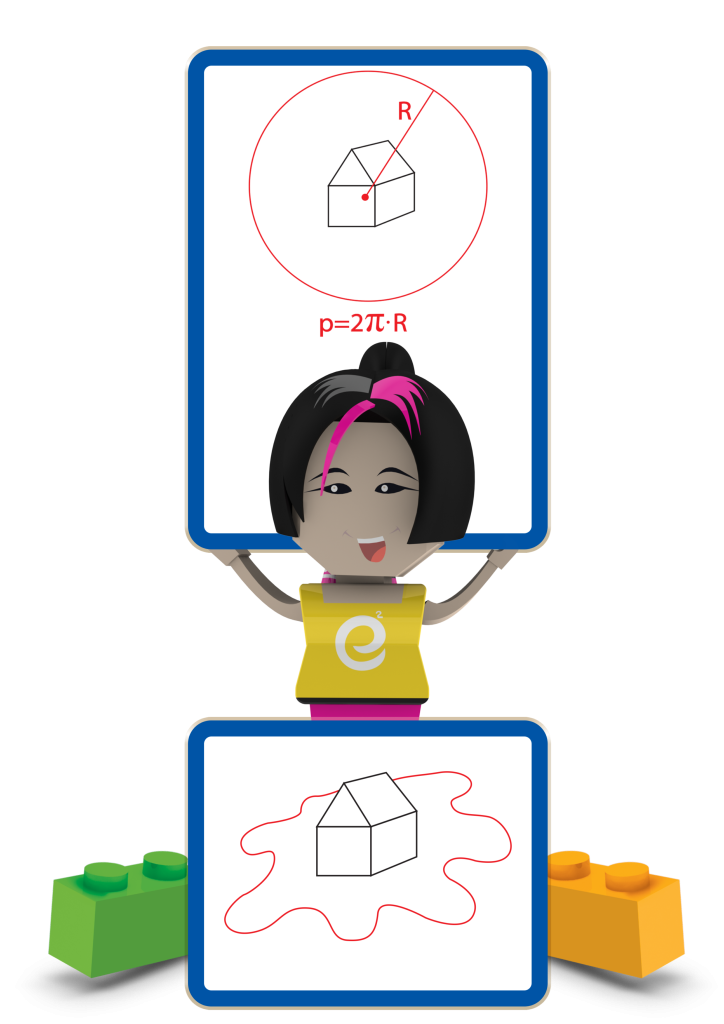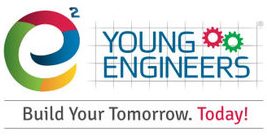
How edutainment “passes the test”
It is significant to have children think for themselves and from their own experience.
The following is a question from the PISA test, an OECD test, which is conducted as part of their international research into education, and which has taken place every three years since 2000. The children are expected to translate theory into practice with the tools they’ve acquired at school.

Question: You have bought a new house and decided to build a fence around the perimeter. How would you measure the length of the fence?
Most of the students that study in traditional style lessons learned the exact formula to calculate the perimeter, and from that point, they figured out the rest of the solution easily.
However, some children who had studied in an unconventional way, used a rope and measured the length of the perimeter. In order to prove that their result was correct, they used the formula and found that it was right.
The question became more complicated when the perimeter was asymmetric.
The kids in the first group, who had learned using more conventional methods, were able to solve the question by applying mathematical formulas that they learned. Furthermore, they used a more complex approach than the question required.
However, the second group who had learned in a more unconventional way, used the same rope to calculate the correct measurements. They were able to solve the problem using an experimental approach. This was the second group’s approach using the tools they acquired from their non-traditional learning environment.
The Results:
The second group of students who used practical, yet unconventional methods to solve these questions, only had a failure rate of 20%. However, the failure rate in the first group was 80%.
